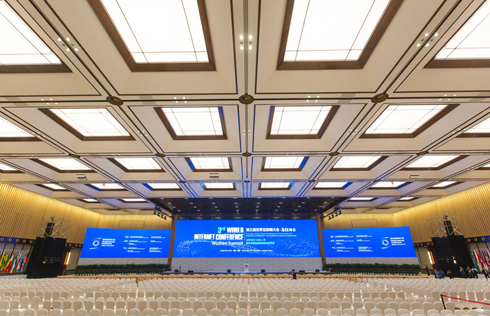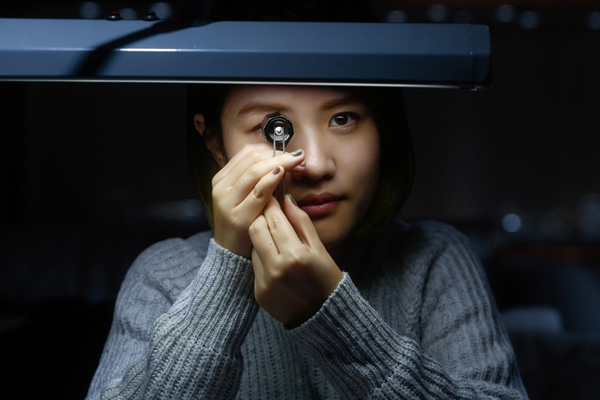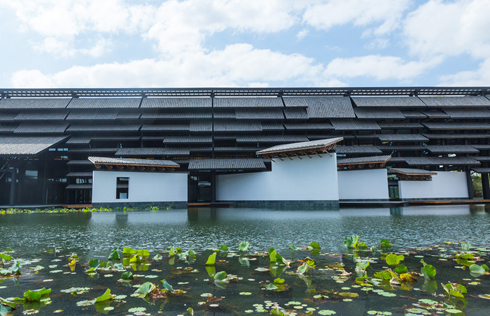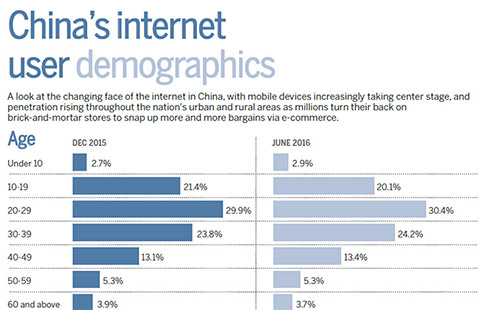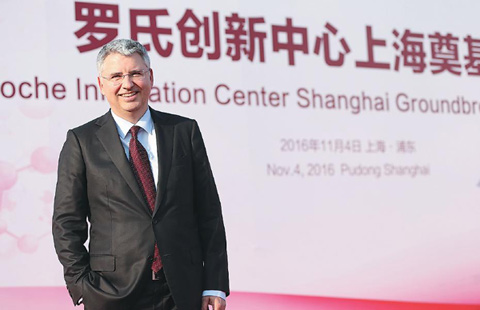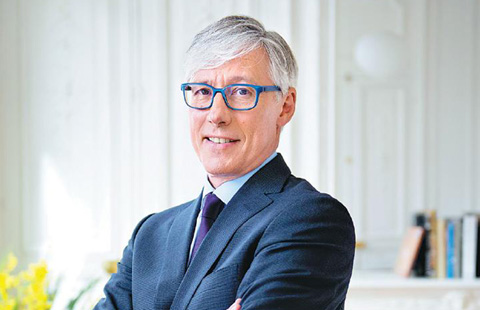China to keep monetary policy stable as growth stabilizes
BEIJING - As China's economy showed its resilience in October, the focus now centers on how the government will proceed with its monetary policy as it tries to strike the tricky balance between stabilizing growth and containing financial risk.
Data on Monday showed China's industrial output expanded 6.1 percent in October, the eighth consecutive month it has exceeded 6 percent.
Fixed-asset investment rose 8.3 percent in January-October from the same period a year earlier, higher than market expectations of 8.2 percent.
Private-sector investment, which has been a major worry for policymakers due to lackluster growth this year, is showing tentative signs of improving -- a broad positive for the economy's long-term vitality.
"Another month of solid growth data is good news for China, and should open space for the government to continue rotating policy toward tamping down rapid credit growth and the upward spiral in house prices," said Tom Orlik, Bloomberg chief Asia economist.
To combat downward pressure on the economy, China adopted multi-pronged growth policies last year, including several cuts in interest rates and lower deposit requirements.
The stimulus has fueled growth in real estate and investment, two sectors that have proved critical growth drivers, but not without unwanted outcomes: house prices in major cities have been flying out of control, prompting local governments to step in with a series of tightening measures.
For fear of adding fuel to the fire, the government has moved more cautiously with monetary policy this year, refraining from drastic rate cuts, preferring other tools to adjust liquidity.
Now that the economy is on a firmer footing, authorities are taking more note of financial risks associated with excess leverage and asset price bubbles, especially in the property market.
In its latest monetary report, China's central bank pointed out that the economy still relies relatively heavily on the property industry and infrastructure investment.
It highlighted the task of controlling asset bubbles to guard against financial risks while ensuring adequate liquidity needed for advancing structural reforms.
China will stick to prudent monetary policy with an appropriate degree of flexibility and timely preemptive adjustments, the central bank said.
The cautious tone indicates that overall macro policies will hold steady until at least mid-December's annual economic work conference when next year's economic targets will likely be set, according to UBS China economist Wang Tao.
Wang expects no change to benchmark interest rates through 2018, citing a stable outlook for China's economic fundamentals, with the focus on maintaining prudent policy to deal with RMB exchange rate movement and ongoing property market development.
To avoid sending any easing signals, the central bank will likely continue to use liquidity tools instead of bank reserve requirement ratio cuts to manage interbank liquidity and base money supply, Wang added.
Tom Orlik sees more uncertainties as the surprise win of Donald Trump in the US presidential election may deal a blow to trade while a challenging outlook for China's property sector could put policymakers to the test.
"If either the property or trade risks crystallize, China will be forced to choose between accepting slower growth and lower employment, or engaging in another round of credit-fueled infrastructure spending," Orlik said.
- China to keep proactive fiscal policy, prudent monetary policy
- China to retain prudent monetary policy: central bank
- China central bank to keep prudent monetary policy in second half
- Retrospect of Chinese Monetary Policy Performance in 2015 and Prospect of 2016(No.51, 2016)
- Chinese credit growth eases, monetary policy still prudent







